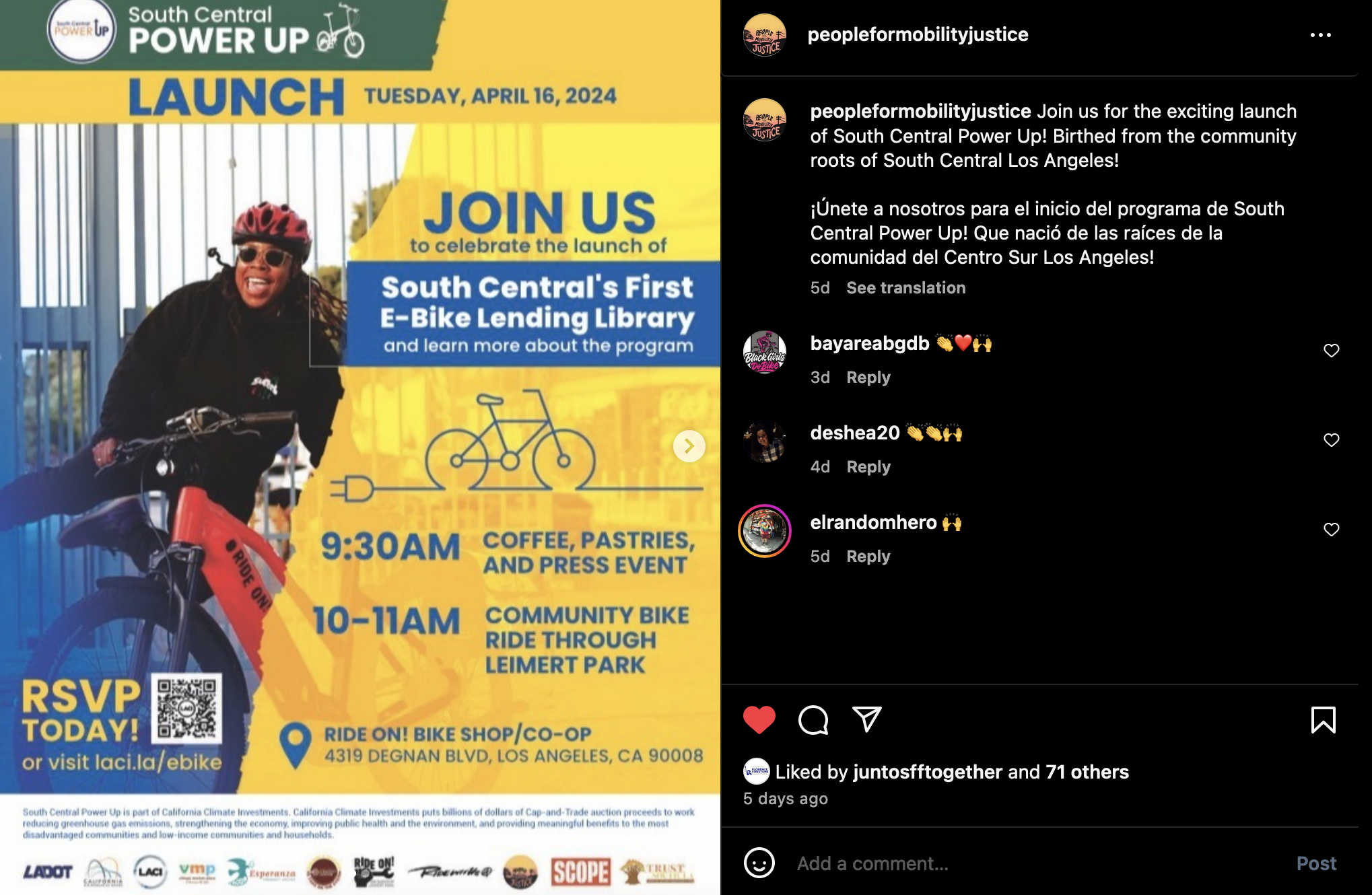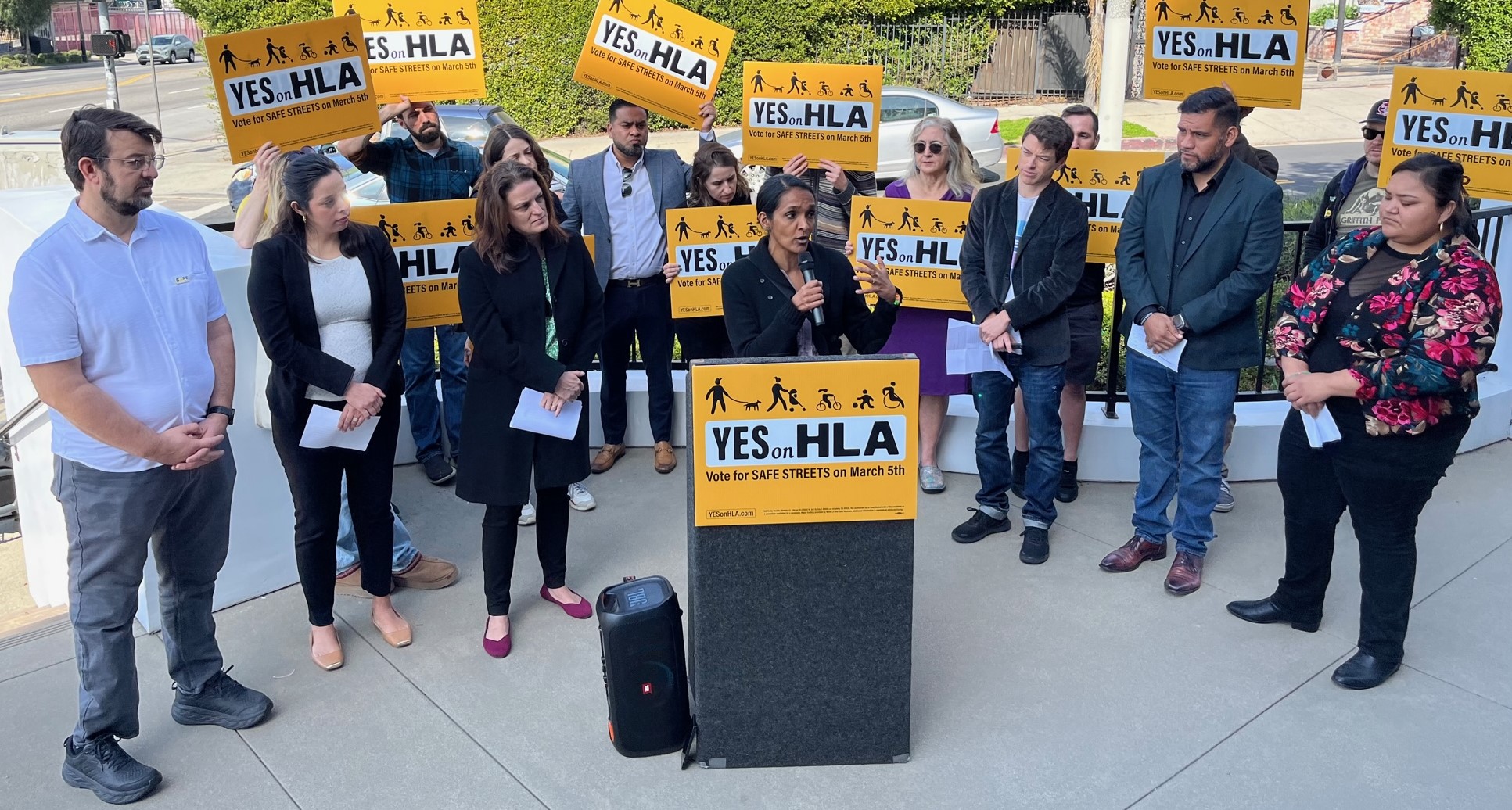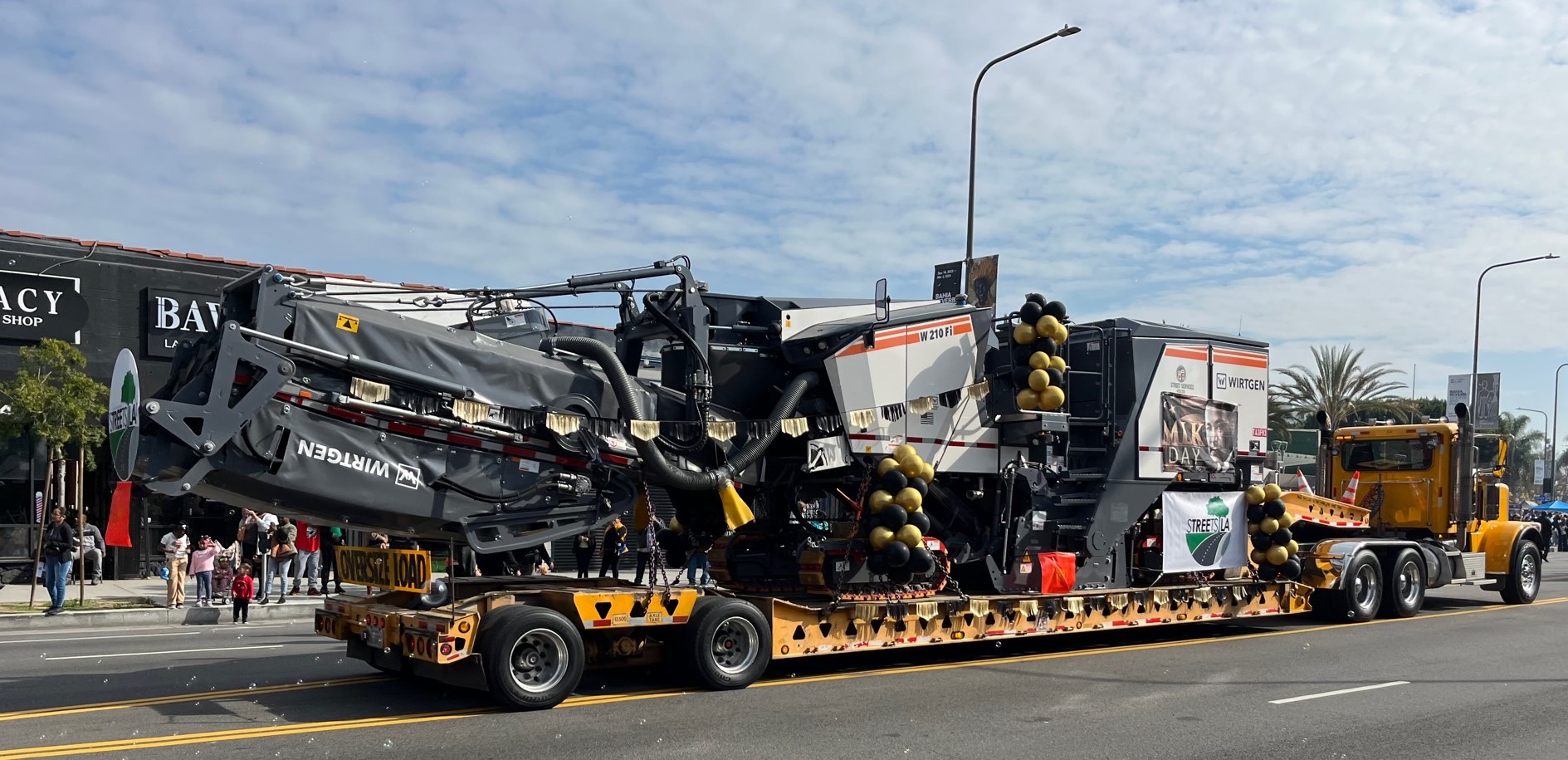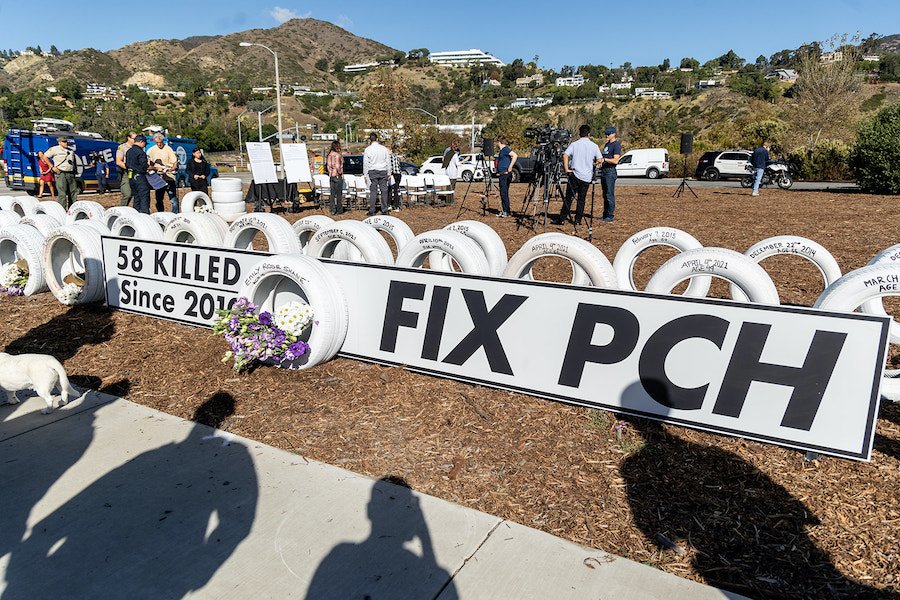Steinberg’s Cap-and-Trade Spending Plan Gains Momentum, No News on Deal
2:59 PM PDT on June 10, 2014
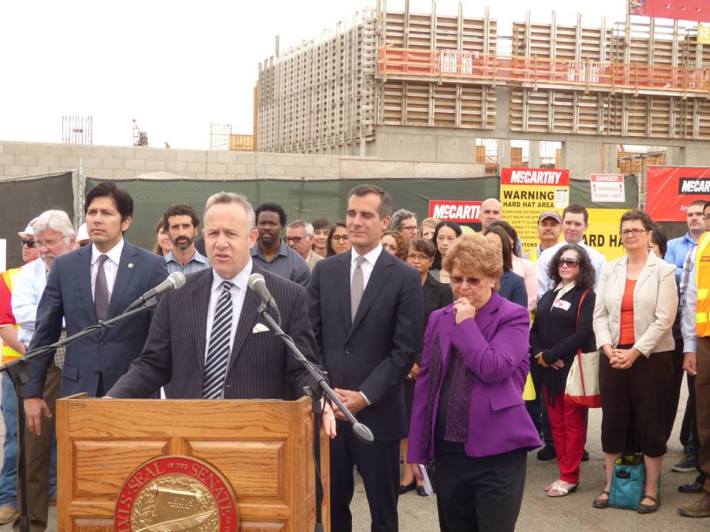
Despite being only 0.5 percent of the California budget, cap-and-trade revenue spending is emerging as a sticking point in Sacramento as Democrats in the Assembly, Senate, and Governor’s Office push three different spending plans. The legislature must approve a state budget by June 15.
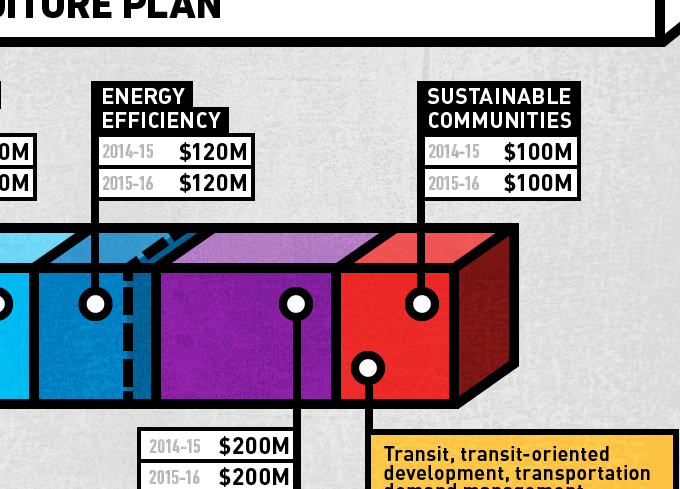
Each of the three proposed plans for spending cap-and-trade revenue to reduce greenhouse gas (GHG) emissions, as we explained on Friday, generally fund the same programs, but differ significantly only in how they slice the pie. Each proposal takes a different approach on how the state should invest in sustainable transportation and smarter urban planning to improve air quality and reduce carbon emissions.
While Governor Jerrry Brown's office was the first to propose a cap-and-trade spending plan, there seems to be momentum with the Senate plan put forward by Senate President Darrell Steinberg (D-Sacramento.) Last week, Steinberg, whose plan sets aside the most for active transportation, local transit, and affordable housing, held a rally with Los Angeles Mayor Eric Garcetti and earned the endorsement of the mayor of California’s largest city.
“This is smart legislation that would spend cap-and-trade funding where it naturally should be spent – on reducing pollution and improving the health of our neighborhoods and our city,” said Garcetti. “Cities are where we work, where we live, but they’re also where we pollute, so addressing the needs of cities like Los Angeles is critical in tackling climate change.”
The rally with Steinberg came one day after the mayor had a meeting with Governor Brown on other topics including the status of the state's plans to retain film industry jobs and preserve the state's dwindling water supply.
Steinberg’s plan has proved popular with advocates who, while not expressly supporting one plan over another, are emphasizing the importance of local investment over high-speed rail. Compared to Steinberg's proposal, the governor’s plan allocates twice the amount -- 30 percent vs. 15 percent -- of the $870 million expenditure plan for high-speed rail.
A recent study published by UCLA shows that high-speed rail would have trouble competing with local transit and bicycle projects when it comes to reducing greenhouse gases cost effectively. According to A.B. 32, the California Global Warming Solutions Act that created the cap-and-trade program, revenues should be spent on reducing GHGs while “maximizing environmental and economic co-benefits” to California.
“Right now there is a real opportunity for our leaders in Sacramento to agree on a long-term cap-and-trade investment strategy that responds to Californians' demands for public transit expansion, bikeable and walkable communities, affordable homes, and neighborhoods with parks and open space,” said Ryan Wiggins, with TransForm, a statewide smart-growth advocacy organization.
“These investments protect our climate and serve as an antidote for our traffic-choked roads, bad air quality, and expensive over-reliance on driving," he added. "By setting aside long-term cap-and-trade proceeds for each of these priorities and selecting the most competitive projects and programs for funding, we can reduce greenhouse gas emissions, grow our economy, and improve our quality of life.”
While much of the discussion about cap-and-trade has centered on the Governor’s Office and the Senate, Assembly leaders are pushing their own plan, which is focused on creating a grant program that levels the playing field between large state projects and local projects.
However, Assembly leaders have been quieter than Steinberg and Brown in pushing their proposal publicly, and it's gained only a fraction of the attention from the press.
None of the three proposals set specific standards for the selection of projects that would receive cap-and-trade money, which gives pause to some advocates who worry that the state may not wisely spend the billions projected to be spent over the next several years.
“It's important to have rigorous performance-based standards attached to these dollars," said Autumn Bernstein of Climate Plan. "Transportation agencies have a long history of spreading money around like peanut butter, rather than focusing it on the best projects. I hope the final plan ensures they can't do that with cap-and-trade funds.”
Stay in touch
Sign up for our free newsletter
More from Streetsblog Los Angeles
This Week In Livable Streets
CicLAvia returns to Venice Boulevard, Metro board committees, L.A. City Council Transportation Committee, Metro budget theater, and more
Measure HLA Is Now Officially Law for L.A. City
Check the city maps to find what bus, bike, and walk improvements are coming to streets in your neighborhood
